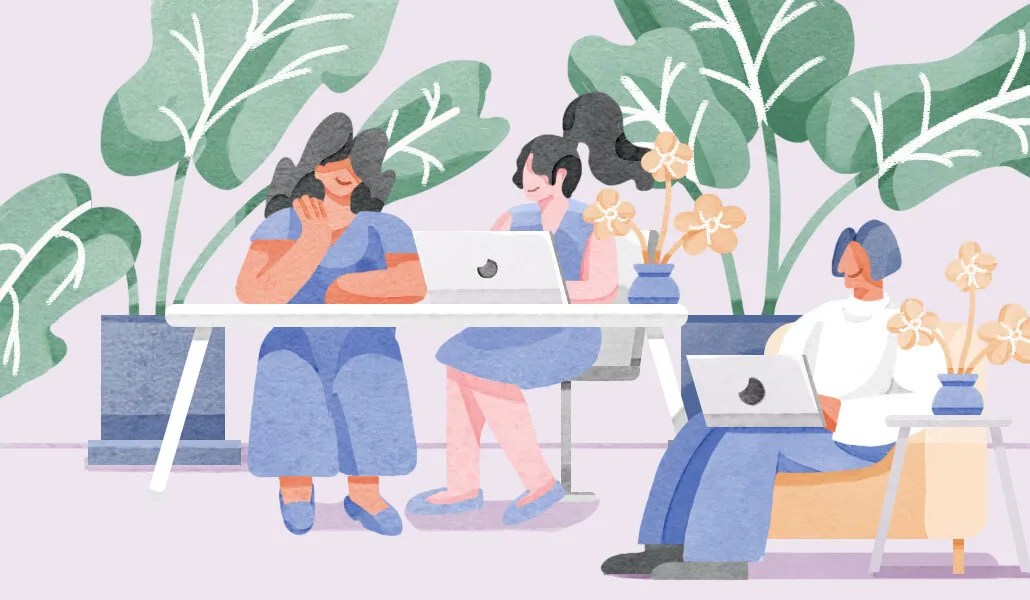What Biden’s age discussion means for workplace ageism

The conversation about how age relates to work is boiling over after continued discussion around U.S. President Joe Biden’s apparent cognitive lapses in recent news appearances ranging from the first presidential debate on Jun. 27 to the NATO Summit on Jul. 9.
More and more people are working past the retirement age (typically between 65 and 67 years old) for many reasons. It could be that they need to stay working to continue with their healthcare coverage or it could simply be that they enjoy work and aren’t ready to step away.
While employers have tried to make progress towards rooting our ageism in workplaces over the last decade, it’s far from eradicated. And the continued spotlight on President Biden’s age, does resurface the question: how old is too old to work?
Research from career site Ladders, conducted 10 months before the current increase in discussion around age limits, found that while most American workers support age limits for politicians, they do not support age limits for their workplaces. When people did support age caps, it was mostly for executives, where 47% favored a cap for C-suite roles once they reached 75 years old.
Of the over 1,000 people surveyed, 73% believe age discrimination in the workplace is common, both for older and younger workers. Overall, age-based discrimination in the workplace has touched 36% of adults.
“Age discrimination is a common topic within job search, but does not get the same visibility as other types of discrimination,” said Marc Cenedella, CEO at Ladders. “You rarely hear people speaking out against it.”
On one hand, discussions about Biden being too old to be the country’s president might be perpetuating workplace stereotypes that once you hit a certain age you are no longer the best candidate for the job. On the other hand, there are serious questions that come up – like how to stay relevant in a modern workforce, and how to leverage new technology and be open to working in synchrony with younger workers who may have very different approaches and perspectives to work.
By 2030, a whopping 150 million jobs will shift to workers over the age of 55, according to a global study from management consultancy Bain & Company. It predicts that older and experienced workers will make up more than a quarter of the workforce by 2031.
Cenedella thinks about age discrimination as mindset discrimination, where “what hiring managers worry about is that you’re not going to be a team player because your age is going to be a problem for you,” he said. “Where you don’t want to work with younger people or have some problem with how younger people do things. That is the fear.”
Similarly, Jim Frawley, an expert in change management and organizational development, says it’s about staying relevant more than it is about how old you are. People in their 30s or 40s might have just as much difficulty standing out to an interviewer as someone in their 50s or 60s.
“As you get older in the workplace, your job is changing, your role is changing, and it becomes a question of relevance,” said Frawley. “Are you able to remain relevant? It’s a legitimate question.”
But Katerina Stroponiati, founder of Brilliant Minds, the first VC dedicated to founders over 50 years old, argues that aging can be seen as an opportunity, not a liability, and there needs to be additional avenues to keep people working longer, leveraging a multi-generational workforce.
“Retirement is 65, which was built when we had a different average lifespan,” said Stroponiati. “Now, in the new era, longevity is the way. Health is wealth. We’re living longer and it’s about inclusion.”
There isn’t necessarily a one-size-fits-all approach for inclusion in the workforce, but there are ways to welcome older workers, starting with not judging based on age during an interview process. WorkLife has reported on other ways to build a multi-generational workforce, including providing additional health benefits, offering flexible work schedules, and debunking stereotypes.
“People might think working with younger people equals innovation, but this doesn’t apply anymore,” said Stroponiati. “With so many generations, we have to work together.”
Overall, though, there is no direct answer to the question of how old is too old to be working. That means that instead employers need to lean into building an inclusive workforce, while older workers continue to reinvent themselves and stay relevant.
“There is no set number,” said Frawley. “I know people in their 80s who are so capable and ready and incredibly relevant in the workplace. And then I know people in their 60s that probably shouldn’t be in the workplace. You can’t have this kind of macro view of an assumption. It’s so customized to each person.”


